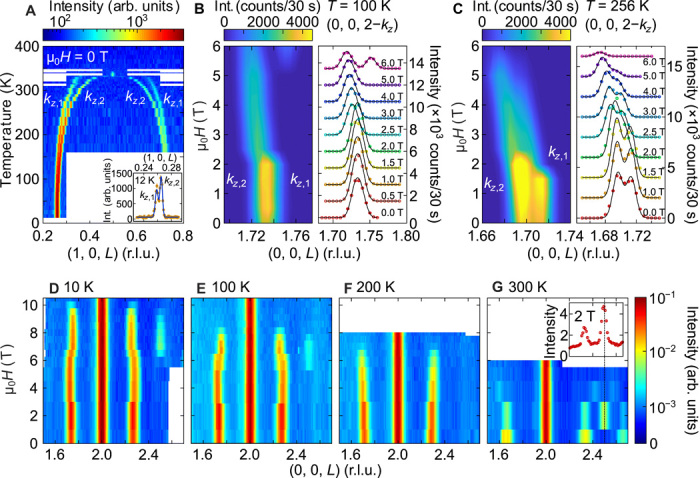Fig. 3. Single-crystal neutron diffraction of YMn6Sn6.

(A) Magnetic Bragg peaks tracked as a function of temperature. A commensurate magnetic peak at L = 0.5 appears between 345 and 330 K, and the two incommensurate magnetic structures stemming from the wave vectors kz,1 and kz,2 appear at 330 K and persist to the base temperature measured (12 K). The inset, taken with high instrumental resolution, shows that the two wave vectors do not converge, even as they get closer with decreasing temperature. (B and C) Incommensurate magnetic Bragg peaks (0, 0, 2 − kz,n) (n = 1,2) tracked at 100 and 256 K, respectively, as a function of applied magnetic field. The solid black lines in the right-hand panels of (B) and (C) are Gaussian fits to the data described in Materials and Methods. An offset was added between individual L scans for clarity. Offsets are 1500 counts/30 s for (B) and 2000 counts/30 s for (C). (D to G) Neutron diffraction data taken up to higher fields with a position sensitive detector and coarse resolution for (D) 10 K, (E) 100 K, (F) 200 K, and (G) 300 K. In these data, kz,1 and kz,2 are not resolvable, but the high fields at which the data were taken reveal the field ranges at which each of the magnetic phases are present. The inset of (G) is a cut taken from the main panel at 2 T, where the dashed black line shows that the new peak appearing at this field is commensurate at L = 2.5.
